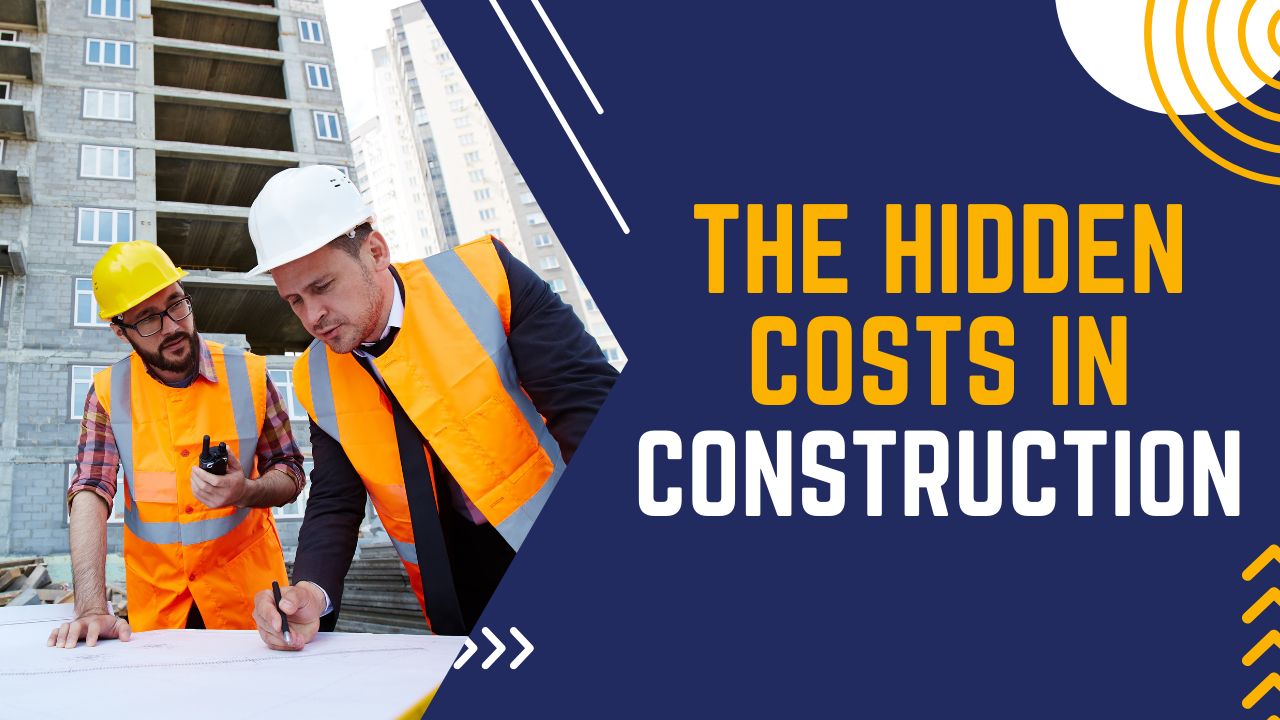The Construction (Design and Management) Regulations (CDM Regulations) are intended to ensure that health and safety issues are properly considered during a project’s development so that the risk of harm to those who have to build, use and maintain structures is reduced. They were introduced in 1994 and revised in 2007. A further revision came into force in April 2015.
Key Changes in CDM 2015
One of the key changes introduced by CDM 2015 is the replacement of the role of CDM co-ordinator (CDMC) with a principal designer (PD). The principal designer has responsibility for co-ordination of health and safety during the pre-construction phase. The reason for the change is to give responsibility for CDM during the design phase to an individual that has the ability to influence the design. Under the 2007 regulations, this role was often contracted out, resulting in extra costs, but the individual appointed was rarely properly embedded in the project team and so had little opportunity to influence the design.
Guidance published by the Health and Safety Executive in January 2015, defines principal designers as ‘…designers appointed by the client in projects involving more than one contractor. They can be an organisation or an individual with sufficient knowledge, experience and ability to carry out the role.’ This may be combined with other roles on the project, such as project manager or architect.
Roles of the Principal Designer
The guidance suggests that the role of principal designer includes:
- Informing the client of their duties under the regulations.
- Planning, managing and monitoring health and safety in the pre-construction phase, including; identifying, eliminating or controlling foreseeable risks; and ensuring designers carry out their duties.
- Helping compile pre-construction information and providing it to designers and contractors.
- Preparing the health and safety file and then reviewing, updating and revising it as the project progresses.
- Liaising with the principal contractor to help in the planning, managing, monitoring and co-ordination of the construction phase.
- Taking into account the general principles of prevention.
- Ensuring that all persons working in relation to the pre-construction phase cooperate with the client, the principal designer and each other.
- Checking that designers have sufficient skills, knowledge, experience and (if they are an organisation) the organisational capability to carry out the work.
The principal designer should be appointed as early as possible in the design process (if practicable at the concept stage) and at least before the start of the construction phase, so they have enough time to carry out their duties to plan and manage the pre-construction and construction phases. If a client fails to appoint a principal designer, the client must carry out their duties.
If domestic clients on projects involving more than one contractor fail to appoint a principal contractor and principal designer, those duties will fall to the designer and contractor in control of the pre-construction and construction phases.
In February 2020, The Health and Safety Executive (HSE) announced new research to better understand the benefits and challenges of the principal designer role.










